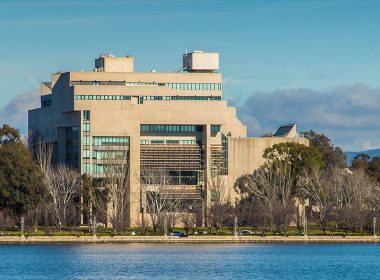Key decisions
- Aubrey v The Queen [2017] HCA 18
- Pickering v The Queen [2017] HCA 17
- Plaintiff M96A/2016 v Commonwealth [2017] HCA 16
- Smith v The Queen; The Queen v Afford [2017] HCA 19
- Talacko v Bennett [2017] HCA 15
CRIMINAL LAW
Meaning of ‘inflicted’ where accused caused contraction of disease – recklessness and foresight of risk
In Aubrey v The Queen [2017] HCA 18 (10 May 2017) the appellant had unprotected sex with the complainant when the appellant knew he was HIV positive. The complainant was infected with HIV. The appellant was convicted on an alternative charge of maliciously inflicting grievous bodily harm on the complainant, contrary to s 35(1)(b) of the Crimes Act 1900 (NSW). There were two questions for the High Court. First, whether causing the contraction of a disease can come within ‘infliction’ of harm. And second, whether recklessness, fulfilling the mental element of malice, was satisfied if the appellant foresaw the possibility, as opposed to the probability, of the contraction of the disease. On the first question, the High Court held that the decision in R v Clarence (1888) 22 QBD 23 should not be followed. For several reasons, including developments in English authorities since, the infliction of harm does not require a direct or immediate application of force resulting in injury. Just as ‘infliction’ can encompass psychological injury, it can encompass actions that result in the transmission of a serious infectious disease to a person who is ignorant of the accused’s condition. (Legislative changes after the events in this case also confirm that position.) On the second question, the Court held that the level of foresight required to fulfil recklessness can depend on the circumstances of the crime, in the sense that reasonableness of an action and degree of foresight of harm are connected. In this case, it was sufficient for the Crown to make out the foresight of the bare possibility of harm. Kiefel CJ, Keane, Nettle and Edelman JJ jointly; Bell J dissenting. Appeal from the Court of Appeal (NSW) dismissed.




